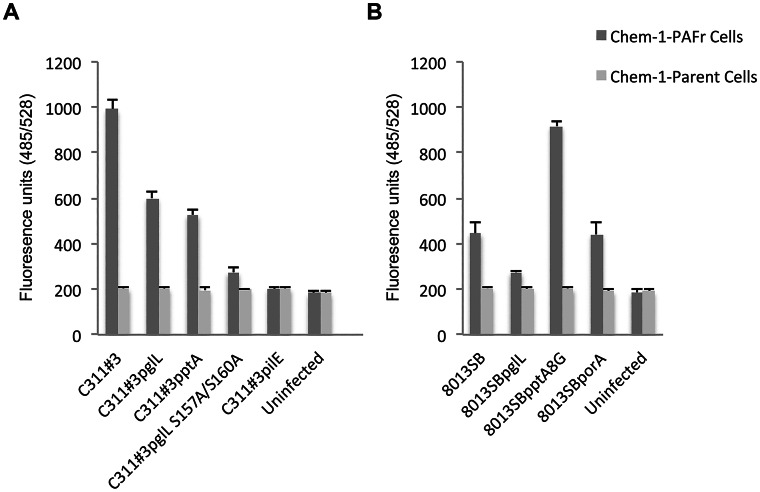Figure 6. Comparative, quantitative, cell association assays performed using a PAFr-expressing cell line.
A fluorometric adherence assay, as described in the text, was used to determine the contribution of ChoP and glycan pilin modifications to a pilus-PAFr interaction on Chem-1-PAFr cells or its parental cell line, Chem-1. Data shown were obtained simultaneously; however, for ease of discussion they are shown as separate panels. A) C311#3 and B) 8013SB WT, as well as their mutant derivatives, as noted, were used to challenge epithelial cells over-expressing the PAFr (i. e., Chem-1-PAFr; dark grey bars) or cells devoid of the PAFr (i. e., Chem-1; light grey bars). Adherence was recorded as arbitrary fluorescence units (FU) following a 30 min challenge and immunolabeling of meningococci with monoclonal (primary) antibody 2C3 and a FITC-conjugated secondary antibody, as described within the text. A significant difference in FU recorded was observed between C311#3 WT, C311#3pglL, C311#3pptA, and C311#3 (p≤0.001 for all comparisons) as well as when C311#3 and 8013SB strain Chem-1-PAFr cell infections were compared to infections performed using Chem-1 cells (p≤0.032 for all comparisons). Although there was a significant difference in the ability of strain 8013SBpglL (p≤0.037) and of strain 8013SBpptA8G (p≤0.003) to adhere to Chem-1-PAFr cells (when compared to 8013SB WT); the 8013SBporA strain was not significantly different from the WT strain (p≥0.321). There was no significant difference (p≥0.1) among any of the strains examined in their ability to adhere to Chem-1 cells, which do not express the PAFr, and only background levels of fluorescence were recorded for uninfected control cells.

